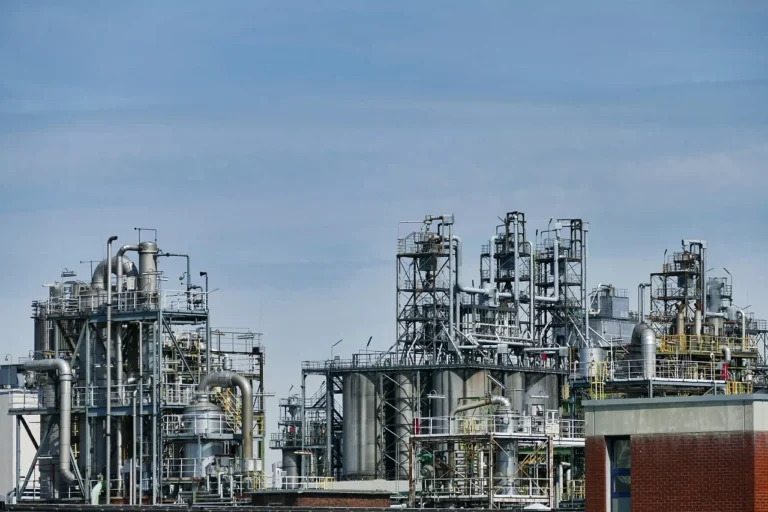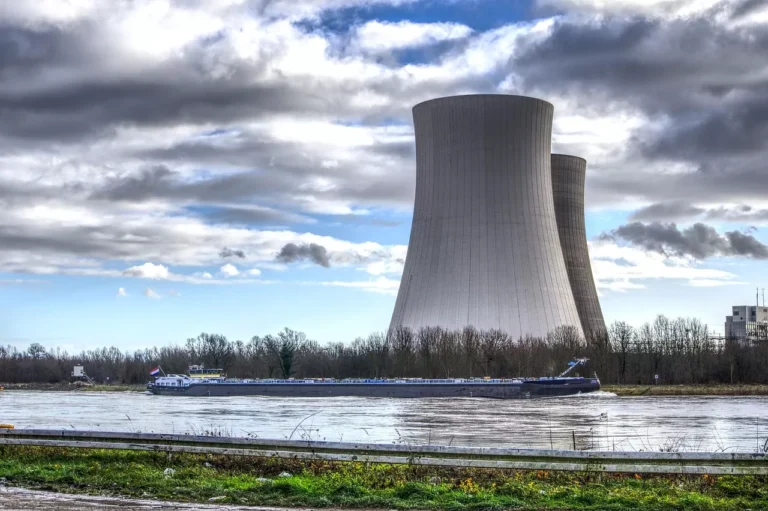
SLB and Shell Announce Strategic Global Partnership to Advance Subsurface Digital Technology Deployment
SLB, a leading global technology company specializing in energy innovation, has announced a major strategic partnership with Shell to accelerate the deployment of its advanced Petrel™ subsurface software across Shell’s global energy asset portfolio. The collaboration represents a significant step forward in leveraging cutting-edge digital tools to enhance subsurface understanding, streamline operations, and support Shell’s ongoing transformation into a more digitally integrated and efficient energy company.
At the core of the agreement is the integration of SLB’s Petrel software, a sophisticated platform for subsurface interpretation and reservoir modeling, into Shell’s global operations. The deployment will be supported by artificial intelligence (AI) to create a consistent, intelligent, and scalable workflow infrastructure. By standardizing tools and data access across a diverse range of assets, Shell seeks to improve decision-making processes and reduce operating costs — a crucial goal as the company evolves its business in alignment with broader energy transition goals.
A Shared Commitment to Digital Innovation
Commenting on the partnership, Rakesh Jaggi, president of Digital & Integration at SLB, emphasized the shared vision between the two companies to foster innovation and reshape traditional approaches to subsurface exploration and development.
“With a common focus on joint innovation, including seismic interpretation for both traditional E&P and energy transition workflows, the partnership will support Shell’s digital transformation journey,” Jaggi stated. “We are dedicated to advancing digital technology and AI for subsurface applications, offering new insights and opportunities to our customers.”
This collaborative approach reflects a broader trend within the energy sector, where leading companies are investing heavily in digital capabilities to unlock greater efficiencies, optimize production, and respond proactively to the demands of a lower-carbon future. The integration of Petrel software allows for seamless transition between conventional energy operations and emerging workflows related to carbon capture, geothermal energy, and other clean technologies.
Enhancing Subsurface Understanding Through AI and Standardization
A key component of this partnership is the use of artificial intelligence to power seismic interpretation and related geoscience workflows. Petrel, already recognized for its robust 3D modeling and seismic visualization capabilities, will now be enhanced with AI to accelerate data analysis and interpretation processes. This approach not only reduces manual workloads for geoscientists and engineers but also improves the accuracy and consistency of subsurface models.
By standardizing its digital infrastructure globally, Shell will be able to ensure that teams across different geographies and asset types are using unified tools, datasets, and methodologies. This harmonized approach makes it easier to scale innovations, apply best practices, and foster collaborative development. It also allows Shell to build upon a foundational digital platform as it evolves its geoscience capabilities in response to future challenges.
The deployment will serve as the basis for a more integrated and intelligent geoscience environment across Shell’s exploration and production (E&P) operations. This environment will connect data, applications, and users, enabling Shell to adopt an agile, data-driven strategy for managing its diverse asset base throughout the entire lifecycle — from exploration and appraisal to development and eventual decommissioning or repurposing for new energy applications.
Supporting the Energy Transition and Open Standards
An important aspect of the Petrel software platform is its alignment with the OSDU® (Open Subsurface Data Universe) Technical Standard, which is an open and collaborative initiative aimed at creating a standardized data ecosystem for the energy industry. Developed under the guidance of the Open Group and supported by numerous energy operators and technology providers, the OSDU Standard seeks to ensure that subsurface data is portable, interoperable, and accessible in real-time — thereby breaking down silos and enabling better integration across the industry.
Petrel’s compliance with the OSDU Standard is strengthened by SLB’s active contributions to the development of the open-source framework. The company has donated substantial amounts of proprietary code to help accelerate the adoption of open digital standards that benefit the entire energy ecosystem. For Shell, this compliance means that the deployed software will integrate smoothly with broader digital initiatives, reducing vendor lock-in and enhancing the long-term flexibility of its IT infrastructure.
In particular, the open-standard approach makes it easier to onboard new digital tools, collaborate with partners, and adapt workflows to accommodate new energy resources such as geothermal wells, underground hydrogen storage, and carbon sequestration reservoirs.

Reinforcing Shell’s Digital Transformation Strategy
Shell’s global digital transformation agenda has gained momentum in recent years as the company adapts to a rapidly evolving energy landscape. With growing emphasis on sustainability, decarbonization, and energy security, Shell is investing in technologies that allow it to optimize traditional oil and gas operations while simultaneously preparing for new business models in clean energy. The integration of Petrel software plays a critical role in supporting these goals by making high-resolution subsurface insights available to technical teams in real time.
Digital transformation in the upstream sector is not only about adopting new tools — it also involves cultural and operational changes. By choosing to deploy Petrel globally, Shell is signaling its intent to embed data-driven decision-making and automated workflows across all levels of its organization. This reduces redundancies, minimizes human error, and improves collaboration between geoscientists, engineers, and data scientists.
Additionally, the AI capabilities within Petrel allow Shell to extract value from vast volumes of historical and real-time seismic data. These insights can be used to improve reservoir characterization, forecast production scenarios with greater accuracy, and identify new opportunities for field development. In the longer term, the same tools can be used to assess the feasibility of geological storage for CO₂ and evaluate geothermal energy potential — both of which are becoming increasingly important to Shell’s energy transition objectives.
A Broader Industry Impact
The implications of the SLB-Shell partnership extend well beyond the two companies involved. It sets an important precedent for how large energy companies can collaborate to accelerate the digitalization of the industry while adhering to open standards and prioritizing interoperability.
The widespread deployment of AI-powered subsurface software like Petrel is expected to raise the baseline for operational efficiency and technical sophistication across the sector. For smaller operators and national oil companies, it creates a roadmap for how digital tools can be scaled effectively. For technology providers, it reinforces the importance of compliance with standards like OSDU and the need for continued innovation in areas such as cloud computing, machine learning, and edge analytics.
Moreover, as global energy companies continue to explore low-carbon business models, subsurface technologies will remain crucial. Whether developing geothermal reservoirs, monitoring CO₂ injection sites, or assessing basin-scale hydrogen storage capacity, the ability to model and interpret the subsurface accurately is indispensable. Tools like Petrel — particularly when deployed through collaborative partnerships — are poised to play a leading role in enabling these capabilities.
As the SLB-Shell partnership progresses, both companies are expected to explore additional opportunities for innovation, including real-time data integration, cloud-native deployment, and enhanced geoscience collaboration across decentralized teams. The foundational infrastructure created by this deployment could also serve as a launchpad for future AI initiatives, such as predictive maintenance, automated reservoir monitoring, and dynamic field optimization.
In an energy industry that is increasingly defined by digital agility and sustainability goals, this collaboration demonstrates what is possible when global leaders align their technological vision with their operational needs. By bringing together SLB’s software expertise and Shell’s strategic scale, the deployment of Petrel software marks a pivotal moment in the digital transformation of the upstream sector — one that could redefine how subsurface data is used to power the future of energy.










